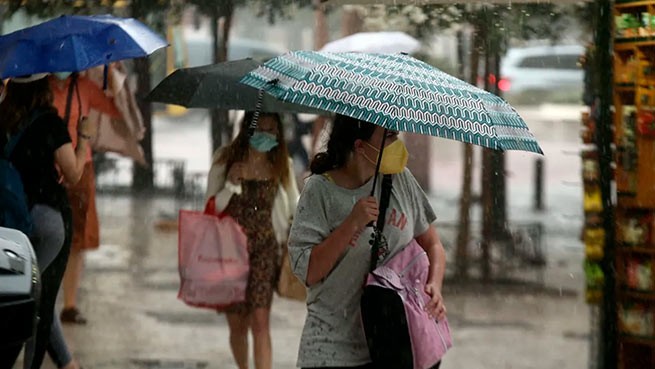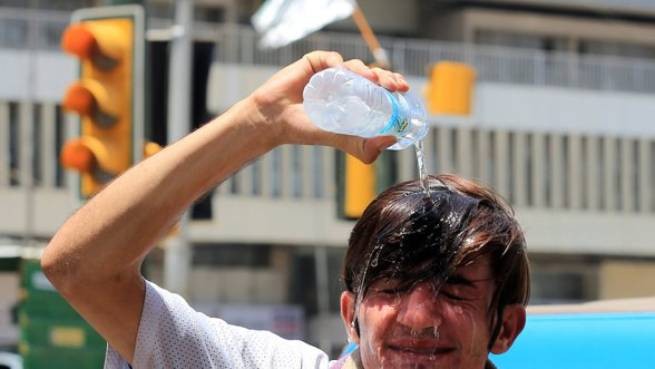Extreme temperatures in recent years bring to the fore the most important question: what environmental temperature can no longer withstand the human body?
How toemphasizes Science alert, not only high temperature can damage, but also humidity. This is evidenced by the results research Virginia Climate Center. At the same time, scientists say responsibly, the combination of these factors is much more dangerous than previously thought.
In 2010, a study was published stating that 35°C at 100% humidity and 46°C at 50% humidity is the upper safety limit where the human body can no longer cool. Simply put, sweat will stop evaporating from the surface of the body in order to maintain a stable temperature inside. However, this was a theoretical conclusion.
Only recently has the above limit been tested in humans in the laboratory. The participants were young healthy women and men who were brought to Knoll’s laboratory at the University of Pennsylvania. They had to feel heat stress in a controlled environment chamber. These experiments helped to understand which combinations of temperature and humidity are starting to become harmful even for healthy people.
At the start of the experiment, each participant swallowed a small telemetry pill that continuously monitored their body temperature. Then they all sat in the environmental chamber, moving just enough to mimic the minimal activities of daily life, such as showering, cooking, and eating.
In the meantime, the researchers slowly and gradually raised either the temperature in the chamber or the humidity and observed when the internal temperature began to rise. The combination of temperature and humidity at which the temperature inside a person begins to constantly rise is called the “critical environmental limit”.
It is worth noting that up to this level, the body is able to maintain a relatively stable internal temperature for quite a long time. But if the set temperature and humidity limit is constantly increased, there is a risk of disease. During overheating of the body, the heart begins to work more intensively, and sweating reduces the amount of fluid in the body. In the most severe case, prolonged exposure to heat can lead to heatstroke – the victim requires immediate cooling and medical treatment.
Studies prove that the upper environmental limit is even lower than the theoretical 35°C. Already at a temperature of approximately 31°C, with a relative humidity above 50%, overheating occurs. Current heatwaves around the world are exceeding detected critical environmental limits and approaching, if not exceeding, even the theoretical limits of 35°C at 100 percent humidity.
In a hot, dry environment, almost all the perspiration produced by the body evaporates, which cools it down. But the amount of sweat a person can produce is limited, and people get more heat from higher air temperatures.
Even lower temperatures and humidity can put stress on the cardiovascular and other systems of the body. The heart rate begins to increase long before the increase in core temperature. And while exceeding certain limits is not necessarily the worst-case scenario, long-term impact can be tragic for vulnerable populations such as the elderly and those with chronic illnesses.
Now scientists are testing older men and women who are less resistant to heat. They are also at risk due to an increase in the prevalence of heart disease, respiratory problems and the use of certain medications. From 80% to 90% of those affected by the heat are people who have crossed the age threshold of 65 years.







More Stories
UK: human trial of melanoma vaccine started
ProNews: The government is methodically destroying the healthcare system in order to transfer it to the private sector
May Day strikes throughout Greece, operating hours of public transport are limited to the maximum (additions are being added)